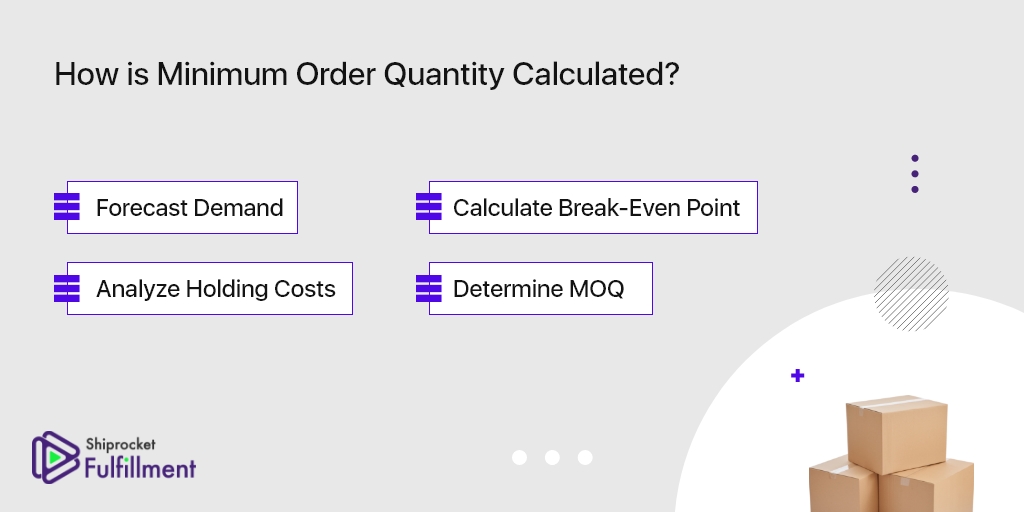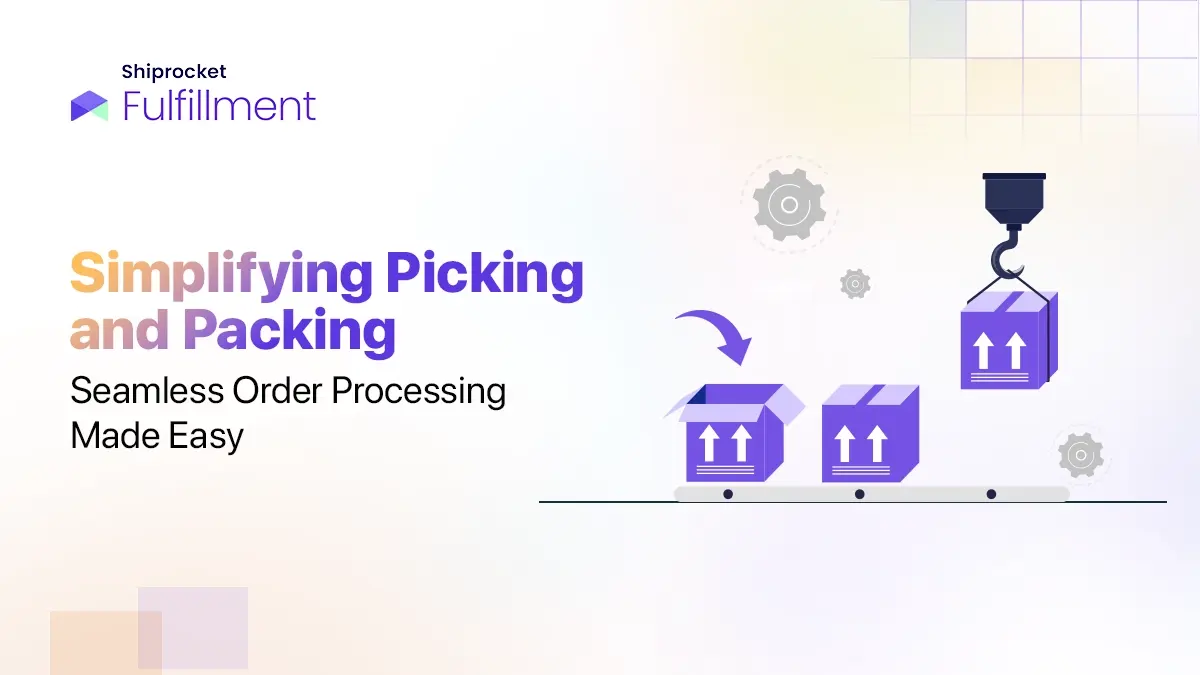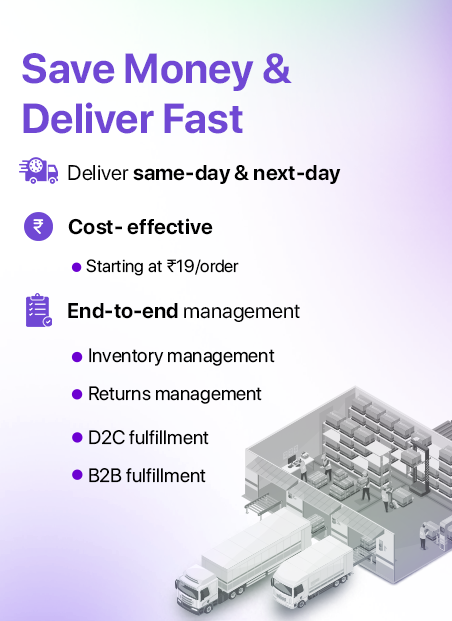What is Minimum Order Quantity (MOQ) & How to Calculate it for Your eCommerce Business?
In any eCommerce business, inventory is your biggest asset. You cannot run a business without it and how well you manage your inventory determines your success rate. Therefore, you need to focus on the minor aspects of inventory management to ensure that you do not exhaust your resources by buying, storing, and managing them alone.

Hence, activities like forecasting demand and auditing your stock become an integral part of your inventory management plan, and you must do them diligently if you want to succeed. One such necessary process is the sourcing or buying of products from suppliers. Most D2C businesses in India rely on sourcing products from third-party suppliers and then sell them under their brand name. Therefore, you must determine the minimum order quantity for every SKU. If not, you will either be buying too little or too much. In both scenarios, you are at a loss. Hence, let’s go through this brief blog to understand the minimum order quantity and calculate it for your business.
What is Minimum Order Quantity?
Minimum order quantity refers to the lowest number of units required to be purchased at a given time.
For e-commerce businesses, minimum order quantity can refer to the supplier’s number of products or purchases. It can be used in the context of the minimum order a buyer can purchase from your store. Usually, the former is more focused on.
Let’s look at an example to understand it better. If you sell 10 varieties of socks on your website, you might be sourcing them from somewhere. Minimum order quantity refers to the fewest number of socks you purchase from your supplier for every variety. The MOQ can be different for every type.

Why is Minimum Order Quantity Important?
Minimum order quantity is vital for your business as you need to own only a limited amount of inventory at all times. If you own excess inventory, it can lead to an unnecessary accumulation of dead stock for which you might need to pay extra to maintain or sell-off. If you have less inventory, you will face the situation of a stockout where you might not have enough to sell to your customers.
Both the scenarios are disappointing as they leave you with a lot of stress. They also impacted the overall supply chain negatively as you have to either source products rapidly or make space for already existing ones.
In such cases, a pre-decided or forecasted minimum order quantity helps procure the items so that you do not have to guess or predict the number you buy from your supplier.
Let’s have a look at how you can calculate the minimum order quantity for your inventory.
How is Minimum Order Quantity Calculated?

Forecast Demand
The first step in calculating the minimum order quantity is by calculating the demand. Demand forecasting plays a significant role in inventory management. It helps you consider factors like the product type, seasonality, competition, etc., when estimating how many SKUs or units you might sell.
Such rich insights can help you predict the number of SKUs you might need in a month or six months.
The minimum order quantity that you procure from your buyer should match the number that you sell. 3PL fulfillment providers like Shiprocket Fulfillment provide you with a robust platform that can help you forecast demand efficiently.
Calculate Break-Even Point
The next step is by calculating the breakeven point for your business. This will help you understand where your industry is heading and how many SKUs you might need to procure from your manufacturer if you want to continue with the product you are selling.
This number can only be calculated after a few transactions have been done and recover the customer acquisition cost.
Analyze Holding Costs
Moving forward, you need to understand the holding costs involved. Holding cost refers to the total amount you spent in storing all of your inventory, and it must not be costly.
Since some products are more expensive than others, it is beneficial to ensure they are not stored in your inventory for long.
An ABC inventory management technique can help manage varied search types of products.
Determine MOQ
Lastly, you can decide your MOQ by keeping in mind the factors like holding cost, breakeven point, and the demand forecast.
Conclusion
Minimum order quantities are a problematic term when it comes to purchasing. However, it is relatively short-term to deal with when you’re selling, as you call the shots. Decide on a suitable MOQ for selling your products based on the previous sales data, and do not go overboard with keeping your MOQ high. An analysis is critical, and you must derive your conclusions from data to prepare well for the incoming demand.






